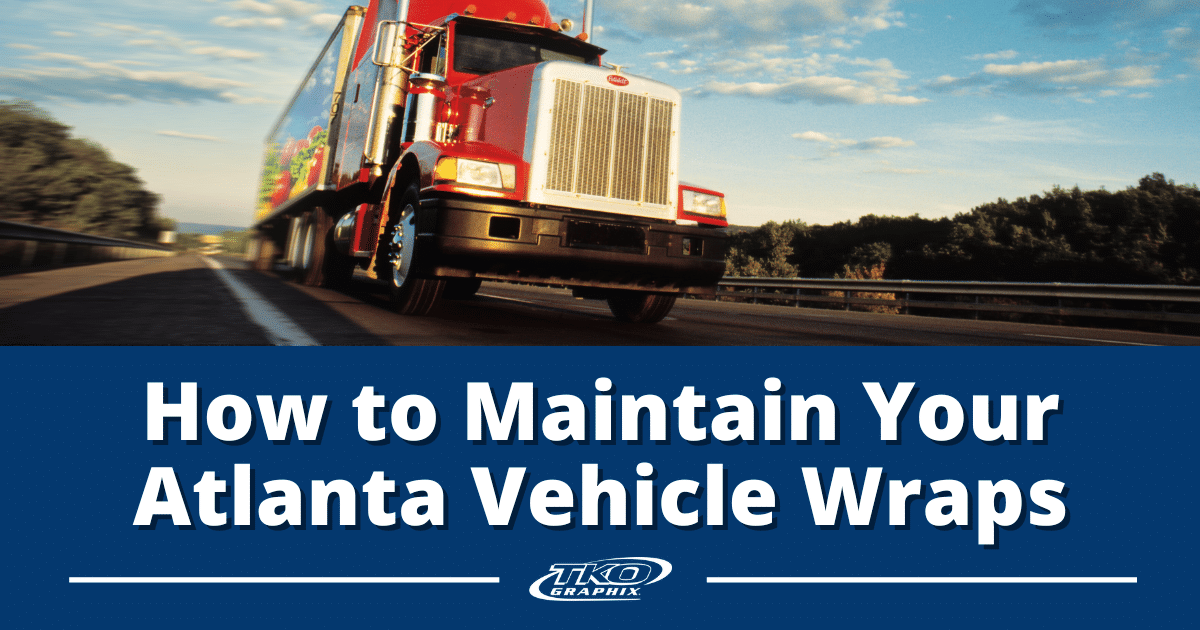Poor packaging and sloppy quality control can destroy all the hard work of developing vehicle graphics for your brand.
Why QC and Packaging are Integral to Vehicle Graphics
You’ve ordered new vehicle decals for your fleet of 12 work vans. You worked with a graphic design team to develop a decal that speaks to your brand, you thought about applying the decals yourself, even took a web tutorial, but decided to hire 3M certified installers to do the job. You’re willing to bite the bullet one afternoon and take all 12 vans off the street. Sure, it will mean lost revenue but you believe in the long run it will be worth it. The installers are ready; the vans have been cleaned and then… the decals don’t arrive. Or only half arrive. Or they’re the wrong color. Or one letter is missing from your company name. It happens, and someone still has to pay the installers, make up the lost revenue, and reschedule the installation. I’d wager next time you’ll vet the providers quality control and shipping procedures.
Quality Control
QC checks the uniformity and count as well as comparing the final product to the layout.
- Count – Decals should be hand counted to ensure the proper amount is being shipped. It’s a measure twice cut once scenario.
- Copy – All copy, letters and numbers, should be checked on every decal to make certain no letters have been lifted or damaged.
- Pre-mask – Pre-mask is a wide layer of masking tape applied to decals for protection and used during installation. Pre-mask is checked for complete coverage, proper type of pre-mask for the application, creases, rips, or wrinkles.
- Print and color – The adhesive material is inspected for damage such as tears or rips and color is checked for uniformity on individual decals and the entire run.
Packaging
The two primary keys to proper packaging for shipping are protection and appearance. Protection of the decals by far is the most important consideration; however how a package looks makes a difference as well. If a package looks cheap and beat up it may not be handled as well by shippers as a professional looking package.
- Roll it up – Most, but not all decals should be shipped rolled around a cardboard tube; proper tension is critical. The decals should be rolled with print side out to limit bleeding.
- Wrap it up – The rolls are then wrapped in bubble wrap, around the roll and top to bottom.
- Box it up – The bubble wrapped roles are placed in boxes fit snuggly to the bubble wrap on sides as well as top and bottom. Laminated graphics that do not require pre-mask use end caps to hold and separate them in the shipping container.
- Finish it up – All seams and corners are sealed with brown gum tape. In the final step, a TKO installation sheet, shipping label, and bill of lading are attached.
Make sure you’re Shipped what you Bought
Nothing is perfect. Shipping companies damage or lose packages. Shipping is delayed, and mistakes are made. But many mistakes can be avoided by following best practice quality control and shipping procedures. A provider that doesn’t take the time to inspect their product before it’s packaged and doesn’t package it neatly and securely is asking for trouble. Unfortunately, too often, the end user, the customer, pays for it. If you’d like to learn more contact us, we’ll package an answer for you.








Leave A Comment